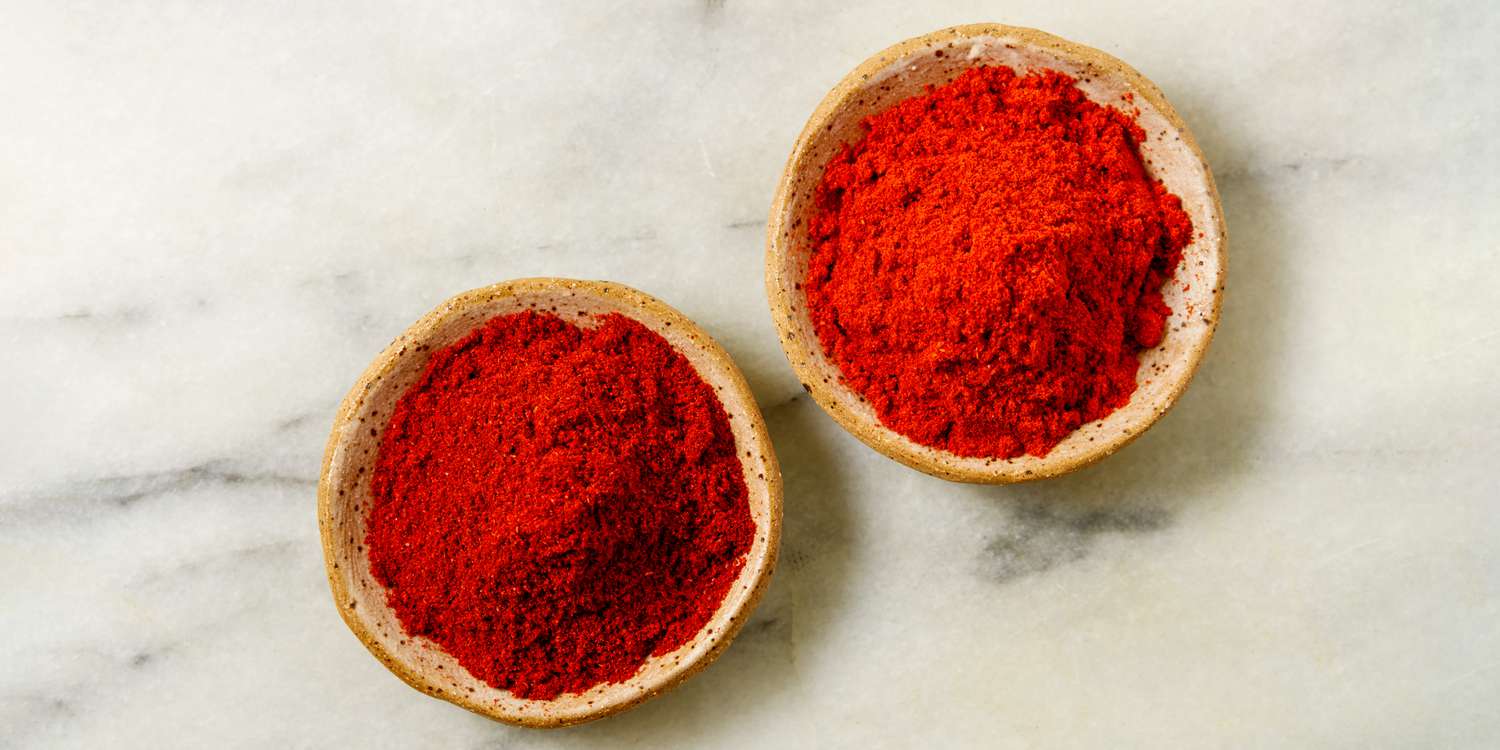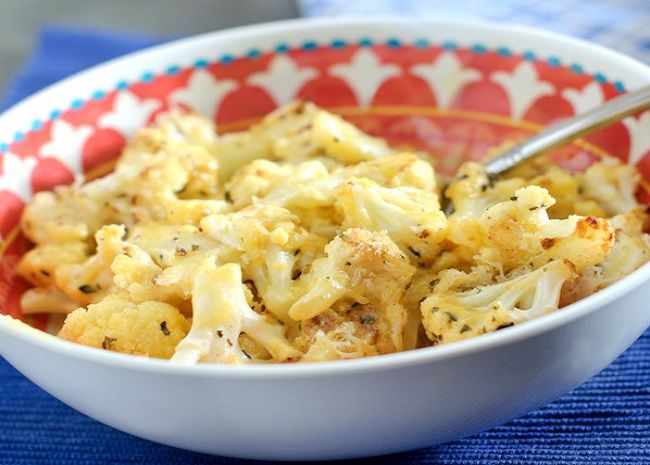Put simply, paprika is a powder made from ground peppers. It’s bright red in color and can vary in heat/flavor, ranging from mild and sweet to hot and fiery. Here’s what you need to know about this dynamic spice.
What Is Paprika?
The confusing thing about paprika is that there’s no one specific paprika chile pepper used universally to make this spice.
Many different types of peppers can be used in making paprika, and different strains of paprika chiles are used worldwide based on what is locally available. Thus, the flavor can vary vastly from one variety of paprika to another. The most surefire way to determine which types of paprika you like most, and which are best for specific recipes, is to try out different types and brands in your cooking. Everyone has their own tastes and preferences, so never be afraid to experiment until you find the paprika(s) that suit your culinary needs best. If you can, try to purchase your paprika in small amounts, as paprika’s flavor will begin to deteriorate after about six months or so.

Hot vs. Sweet Paprika
Paprika can be divided into two general flavor categories: hot and sweet. Most paprika selections that you’ll find in your standard supermarket are the mild, sweet variety. Hot paprika is a bit more difficult to come by in the grocery store, but if you happen to see it, snag a jar and give it a taste in your favorite dish that calls for paprika. Hot paprika is a spicier version of sweet paprika, yes, but it also brings a subtle fruitiness to the party that is distinct and delicious.
Spanish vs. Hungarian Paprika
In terms of origin, you can further divide the world of paprika into Spanish, Hungarian, and “generic” classifications. Spanish paprika is typically of the sweet variety and is made from Spanish chiles. Hungarian paprika is often lauded as the most desirable and most flavorful iteration of the spice. It can be either hot or sweet and is made using ground Hungarian paprika chile peppers. In Hungary, paprika is further divided into eight categories based on gradations of sweetness and hotness.
Generic paprika is the most common and most inexpensive type. It’s what you’ll likely find in jars from mainstream and bargain spice brands. It’s not necessarily bad, but it generally doesn’t have as much flavor as the Hungarian or Spanish varieties. Generic paprika can be made of various peppers grown in many different countries, though most are domestically grown in California. The flavor of this spice powder is notably mild, without any distinctive sweetness or spicy kick. That being the case, this paprika is best for applications where it will be mixed with other seasonings, playing a supporting role rather than being the star of the show.
What Is Smoked Paprika?
The main distinction between “regular” paprika and smoked paprika is, well, the smoke. During the drying process for smoked paprika, the red peppers are dried over smoke instead of just the air. The oil present in the pepper absorbs the smoke and dries it more thoroughly than air alone. Generally, the wood used in this process is oak, which imparts a deep, almost grilled-like flavor. Because of this, smoked paprika tends to be drier and more powdery once ground, resulting in less caking.

Most often, smoked paprika is a smoked variety of sweet Spanish paprika. Though in Spain, there are strict rules and protections on how smoked Spanish paprika, also known as pimenton, can be made — focusing on traditional drying and smoking techniques. You can sometimes find smoked hot paprika, but it’s rare to come by, especially in the U.S. The sweet variety lends itself well to smoking as the sweet, floral flavors in the pepper complement the smokey, charred flavor quite nicely.
How to Cook with Paprika
Paprika is the national spice of Hungary, so naturally, it’s used in many traditional Hungarian dishes. You may have heard of paprikash, a dish that puts paprika front and center; it’s made by browning chicken and then building a simple (but flavorful) sauce of Hungarian paprika, onion, and butter. Spanish paprika shines in probably one of the most iconic Spanish dishes: paella, a rice dish traditionally loaded with seafood and fragranced with saffron and sweet Spanish paprika. Also hailing from Spain, patatas bravas is a great way to really taste the nuance in paprika. This dish is a major crowd-pleaser, because who wouldn’t love crispy fried potatoes drizzled with a spicy paprika sauce?

More Paprika Recipes to Try:
- Paprika Chicken Thighs and Rice Skillet
- Creole Seasoning Blend
- Turkish Chicken Kebabs
- Hungarian Goulash
- Hungarian Mushroom Soup
Smoked paprika is the perfect spice for amping up barbecue or meat rubs. Use it when you want to impart a deep, complex smoky taste or bolster the flavor of grilled or charred meats. Smoked paprika can also be a great addition to spice mixes for roasted veggies or a cajun spice for blackened fish. It can also be an unexpected (but extremely welcome) addition to aioli, perfect for dipping everything from fries to fried chicken to crudité.
Related:
- 7 Spices for Perking Up Pantry Meals
- 10 Easy Tips to Keep Herbs and Spices Fresh and Flavorful
- Explore our entire collection of Paprika Recipes




